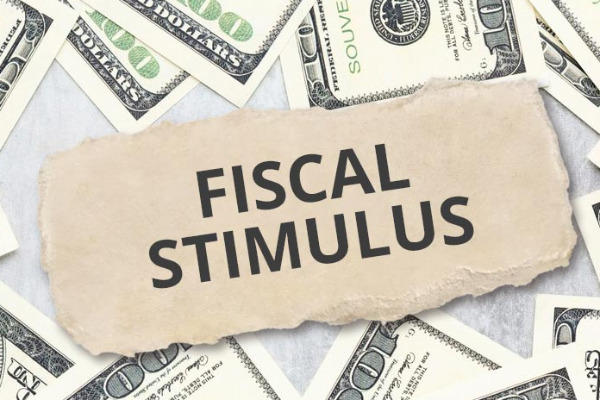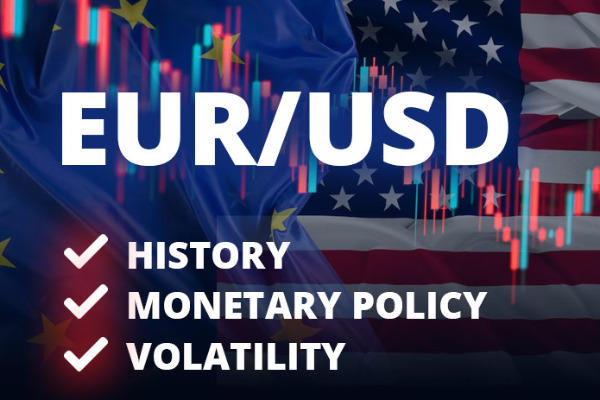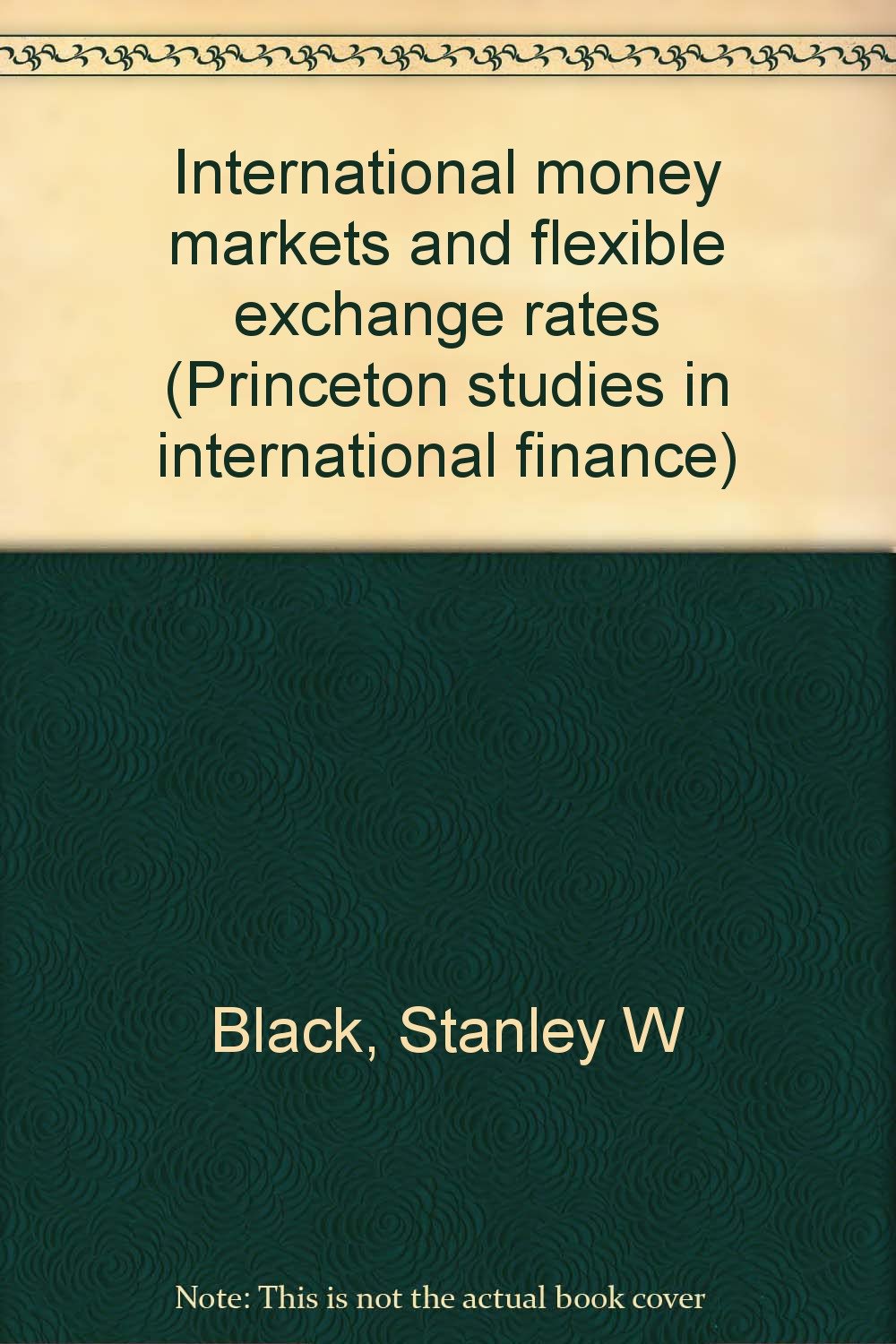Bond spreads can provide a fast assessment of market sentiment, and also tell us when the threat of recession looms on the horizon.
The bond spread, also known as the yield spread, is the difference in yield between two different bonds or bond classes. If one bond has a yield of 2.5% and another has a yield of 1.5%, then the bond spread is 1% (also often stated as "100 basis points").
The term is increasing in usage around the world as interest rates go higher in developed countries. For traders and investors, the question is how to analyze the market with bond spreads?

Quo Vadis Bond Spreads?
Investors use the spread to determine the relative pricing or valuation of a bond. The higher the difference between two bonds (or two classes of bonds), the wider the spread.
The bond or class of bonds with a higher yield is thought to be riskier. In this case, the higher yield compensates investors for the risk disparity.
Keep in mind that a bond's price moves in the opposite direction of its yield. As a result, when investors perceive a bond to be riskier and throw it out of their holdings, the bond's price falls, and its yield rises. Consequently, the yield spread of this bond increases if the pricing of other bonds remains unchanged.
Other than market sentiment, several other factors may be at play to boost or reduce bond spreads:
- A corporate bond usually has a higher yield than government bonds released in the same country, because governments are more likely to have better credit ratings.
- Due to gaps in credit ratings and associated risks, bonds issued by debt-ridden countries and most emerging markets usually have a higher yield than bonds released by major economies.
A wider or narrower bond spread between these assets may be perceived as a lower or higher risk for the issuer. For example, a wider US-Turkish bond spread means investing in the Turkiye has become riskier.
GLOSSARY: What are Bond Classes?
There are many different types of bonds and issuers in the bond market. As such, each country may have different classes of bonds. For instance, here are several notable classes of bonds in the US:
- US Treasury: Bonds issued by the US Department of Treasury.
- Corporate Bonds: Bonds issued by investment-grade corporations.
- Junk Bonds: Bonds below investment-grade, also known as high-yield bonds.
- Mortgage-Backed Securities (MBS): Bonds backed by principal and interest payments from a pool of single-family residential mortgages.
- Asset-Backed Securities (ABS): Bonds backed by underlying pool of assets like auto loans, credit card receivables, aircraft leases, among others. There are unlimited list of assets that can be pooled into ABS.
- Municipal Bonds: Bonds issued by a state, city, or local goverment agencies.
Bond Spreads as Sentiment Indicator
Bond spreads can provide a fast assessment of market sentiment, delivering further insights in complement to our technical and fundamental analysis. Bond spreads expand when investors become risk cautious and prefer safer bonds: this covers spreads between high yield and investment-grade debt, as well as spreads between emerging market and developed country debt.
We can reach a similar conclusion through yield differentials between bonds of the same class but with different maturities. Due to the maturity risk premium, longer-dated bonds are usually deemed riskier than bonds with shorter terms. As a result, 30-year bonds often have a higher yield than 10-year bonds and so on. However, things may turn on their head when the threat of a recession is incoming.
Investors eschew short-term debt in favor of longer-term debt when a recession is priced in because fear of the immediate future reigns supreme and pushes short-term yields higher while reducing long-term yields. The bond spread would then contract, possibly even becoming negative.
In the US, this uncommon event is known as an "inverted yield curve". It specifically happens when the short-term interest rates exceed the long-term interest rates of fixed-income securities issued by the U.S. Treasury.

 Dedicated FREE FOREX VPS
Dedicated FREE FOREX VPS Free FOREX Virtual Private Server
Free FOREX Virtual Private Server MT4 Demo Contest, Get $500
MT4 Demo Contest, Get $500 Sign Up for an Account, Claim 60% Deposit Bonus
Sign Up for an Account, Claim 60% Deposit Bonus Free MT4/MT5 VPS 2024
Free MT4/MT5 VPS 2024 Send E-mail and Get Free Merchandise
Send E-mail and Get Free Merchandise $1K Refer a Friend Bonus for Pepperstone Pro clients
$1K Refer a Friend Bonus for Pepperstone Pro clients Maximize Your Earnings with 100% Deposit bonus
Maximize Your Earnings with 100% Deposit bonus Trade to Win, $5,000 Monthly Demo Contest
Trade to Win, $5,000 Monthly Demo Contest Claim 30% + 15% Deposit Bonus from LiteFinance
Claim 30% + 15% Deposit Bonus from LiteFinance







